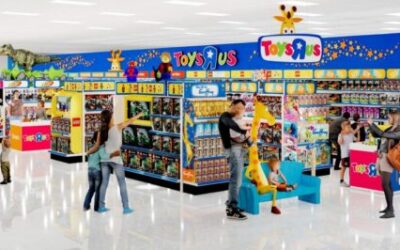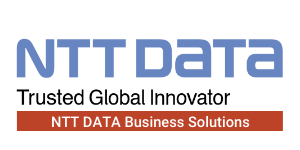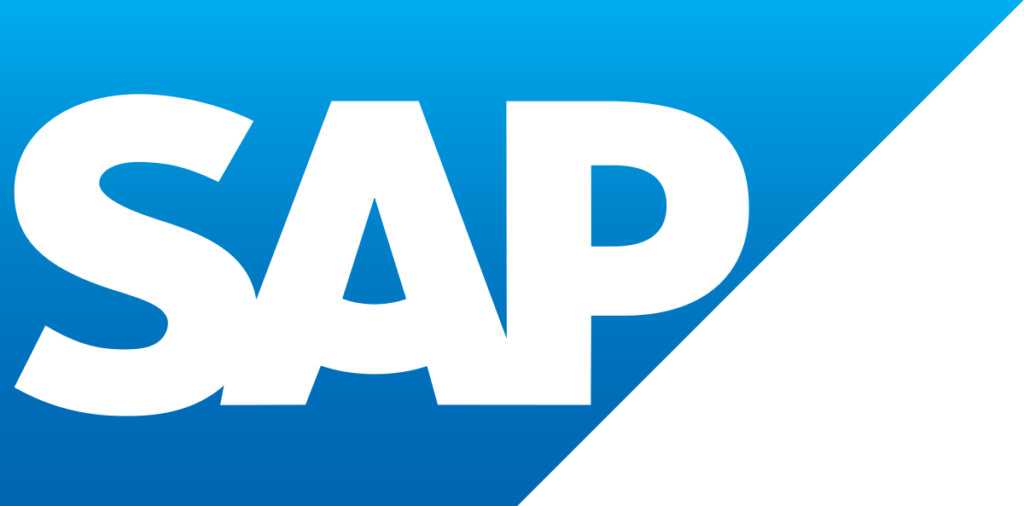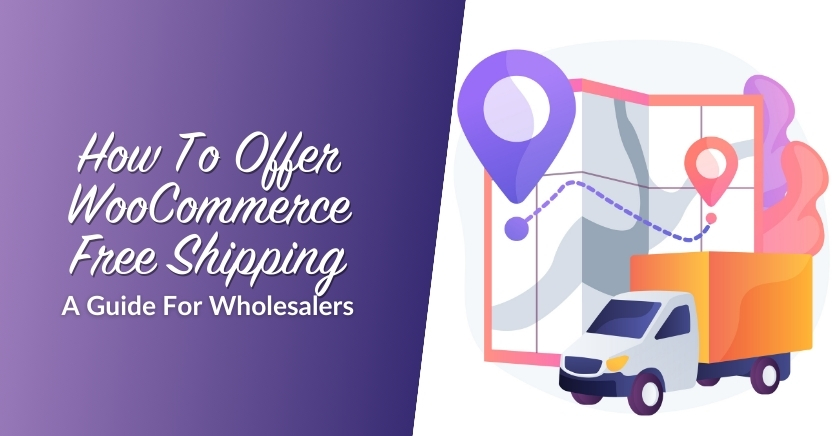Building an Innovation Culture
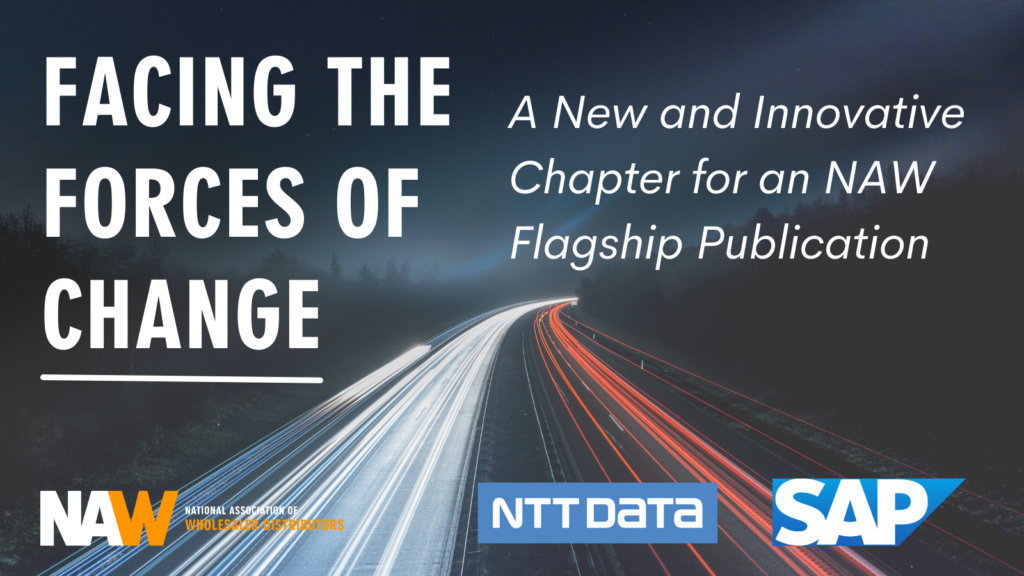
Distributors can lead the way forward to a supply chain designed for the digital age.

This post is the second to share insights gathered for our new Facing the Forces of Change® initiative. Our work began at the National Association of Wholesaler-Distributors’ 2023 Executive Summit. My first post reviewed discussions offered by an all-star panel of distributor CEOs, centering on their actions concerning industry challenges and the ongoing digital transformation of distributor business models. In this edition, I offer foresight for the future of the global and local supply chain and how distributors may lead not as the supply chain’s last mile but as the first step toward creating unprecedented value for customers. Both posts represent our initial findings toward building an innovation process designed explicitly for distribution that leverages every distributor’s unique ability to lean in and help customers innovate their business for the digital age. By leading customers forward, distributors can work back to innovate distribution, opening unheard-of opportunities for creating value and making a cumulative impact worthy of distribution’s status as an $8 trillion industry. Our work is revolutionary, and I invite you to ask questions, share your experiences, and accompany us on our journey.
Resilient, responsive, and regenerative
As the Covid-19 pandemic continues to fade, the supply chain will emerge from its crisis stronger than before. Supply chain professionals are working to make it more resilient and able to withstand future shocks, but more change is underway. Geopolitical tensions are rising, motivating countries to develop strategic industries to achieve security objectives. Developing redundant and reliable sources for critical raw materials and agricultural commodities is a top priority, creating forces that may partially undue today’s ubiquitous global supply chain in favor of more regional or local sourcing. Changes will unfold over many years, but change is coming.
Willy Shih, Professor of Management Practice in Business Administration at Harvard University, offered expert analysis and foresight at NAW’s Executive Summit. As explained in an introduction to Shih’s must-read article, Is It Time to Rethink Globalized Supply Chains?
The COVID-19 pandemic has exposed the complex interdependencies of globalized supply chains. While these global multistage production networks had spread during a relatively benign environment of falling trade barriers and increasing interdependencies among countries, a series of shocks over the last decade and the current crisis argue for a reassessment. Managers should consider regionalization, more robust second sourcing, and rethink scale and product mix as they work to ensure more resilience in the future.
Shih’s article explores four dimensions for supply chain managers to consider—geography and geopolitics, logistics, decarbonization and sustainability, and supplier health—and offers vital insights essential for companies that receive products from the supply chain. But the supply chain can be more. And distributors can lead the way.
Distributors are more than the last mile of the supply chain—stocking inventory, breaking bulk, and delivering inventory to buyers and users. Distributors perform these functions and continue to operate as intermediaries. But leading distributors are inventing new capabilities that leverage their day-to-day understanding of how customers work.
Distributors are becoming the sensing end of the supply chain, going beyond predicting and serving demand to empathizing with customers, serving communities, and communicating with partners through digital connections and human interactions.
The supply chain’s future should be more than overcoming disruptions to maintain the flow of goods. That’s resiliency, and it’s essential. But the supply chain can also be responsive to the needs and aspirations of its customers, helping them today and tomorrow. And the supply chain can work to regenerate communities by creating new value for workers, managers, and leaders—and the organizations that employ them. A supply chain that is resilient, responsive, and regenerative is also profitable, sustainable, and respected.
Enjoyment, satisfaction, purpose
The theme for this year’s Executive Summit was to explore and enable “the next frontier of wholesale distribution,” and Arthur Brooks delivered a powerful keynote full of fresh ideas to get things started. Brooks may not have intended his message to show distributors how to lead the supply chain forward to become resilient, responsive, and regenerative, but in many ways, he did. I’ll explain after first digging into Brooks’ message and recommendations.
Brooks is a public intellectual, behavioral social scientist, economist, and professor of management practice at Harvard Business School, teaching the science of happiness. Yes, science. Of happiness. For a decade, Brooks was president of the American Enterprise Institute (AEI) a self-described think tank dedicated to defending human dignity, expanding human potential, and building a freer and safer world by advancing ideas rooted in a belief in democracy, free enterprise, global leadership, and solidarity with those at the periphery of our society—common cause, I believe, with the future of distribution.
Brooks’ message was aimed at distribution’s leaders, and I found inspiration and insights for helping them lean in to help customers innovate. Among his many insights, this stood out:
It’s not good enough to run a company. You need to bring greater well-being to people, to lift people up, to bring them together…Being a leader is pretext to making a better world.
Distributors can build a better world for their employees by applying Brooks’ principles. And by using his insights to help customers innovate, distributors can integrate their people with their customers’ people, helping the customers do their work and build a better world together, measuring success as happiness.
From Brooks, I learned that “happiness has three parts that you need in balance and abundance to live a happy life.” Happiness is not a feeling, but happiness includes feelings. Feelings give evidence to happiness, but happiness comes from something more profound. Happiness “exists and is tangible” and is made up of three things: enjoyment, satisfaction, and purpose.
Enjoyment is gained from experiences “with people you love in a conscious way,” creating memories that last a lifetime. Satisfaction “is the joy you get from working for something and achieving it—that singular joy you get from your jobs when you worked hard for something, and it happened.” And purpose can be understood by answering two questions: “Why are you alive, and what would you be willing to die for?” If every one of us can answer those questions, we would all have a life with a “tangible, identifiable, and knowable purpose.” All powerful insights for leading a business and critical inputs for helping customers innovate theirs.
Brooks reveals four habits, proved by science and shared by the happiest people: faith, family, friends, and meaningful work. Faith is belief in a higher purpose, secular or religious, but transcendental, bigger than us. Family includes the most important people in your life, the ones that will answer your call when you need help, any time you call. And for friends, there is a “big difference between real friends and deal friends.” Deal friends are casual acquaintances in life, at work, or home. Real friends are the very few that matter, the ones that travel with you through life. And meaningful work? Work will bring joy only if you “earn your success,” and work is about “serving other people.”
One approach for applying Brooks’ advice to help customers innovate in their business is to start by focusing on the skilled workers that are the core of every customer’s business, including technicians, electricians, plumbers, chefs, welders, engineers, buyers, and more, helping them achieve the four habits that create happiness:
- Meaningful work. Skilled workers embrace a craft or trade that serves others and creates value for them. Distributors can innovate by aligning their people, processes, and tools to help skilled workers modernize their work for the digital age, to achieve their company’s goals better, and to earn wealth in return to support their lives and family.
- Friendship. Innovating with customers requires building an open and committed relationship with customers, without which customers will not let distributors into their business to identify and develop innovations. Distributors must build cultures that work with customers as the professional equivalent of “real friends”—there for the long journey, working every day, and traveling together through good times and bad.
- Family. Some companies embrace their people as a family, and innovating with customers requires a similar frame. Distributors must re-humanize the skilled workers as customers and consider them not as marketing targets in a segment that uses suppliers’ products but as individuals in a community defined by its shared challenges, opportunities, needs, and aspirations.
- Faith. The purpose of business is not to earn profits but to execute a purpose that creates human and economic goods. Profits are the measure of business done well, but pursuing a purpose requires faith that achieving something important is possible. Leaning in to help customers requires that distributors operate a known purpose that is worth doing for the betterment of how a distributor and its customers do their work and, through their work, live their lives.
Innovation, investment, value
I see a connection between Shih’s and Brooks’ messages. The supply chain crisis happened because the supply chain obsessively focused on becoming more and more efficient around a single mission—the movement of inventory from here to there, all around the world, mainly in the service of manufacturers and retailers as customers. Yes, a more resilient supply chain will better withstand future shocks. But the supply chain can become even more potent by adopting a higher purpose that enables human endeavors and progress.
Distributors know this and are fighting daily to create new value beyond delivering products—value that helps customers generate wealth as workers, create business outcomes as managers, and create strategic success as market leaders. Profits follow value, and more value means more profits. And as profitability grows, distributors will invest their profits in offering more and more value, creating a continuous cycle of innovation and investment. The supply chain can do the same.
Foresight and footsteps
Our Facing the Forces of Change initiative is paving the way for distributors by helping them lean in to help customers innovate in their business, finding opportunities to create unprecedented and unheard-of value, then working backward to reinvent distributor business models. We can learn from Shih’s warnings for a post-globalization supply chain and Brooks’ methods for achieving happiness. I offer several questions to get the ball rolling for all distributors:
- Is managing the supply chain a critical activity in your business? Are you on top of Shih’s four forces of change—geography and geopolitics, logistics, decarbonization and sustainability, and supplier health? (Read here.)
- In our first post on what we learned at the Executive Summit, our panel of distributor CEOs discussed opportunities echoed in Shih’s and Brooks’ comments, especially leading the supply chain and helping customers transform their cultures. Do you see the same options in your work with customers? Have you acted on these opportunities?
- Do you agree with Brooks’ assertion that leaders must do more than run their company? That they must bring greater well-being to people and make a better world. Does your work with customers include these goals?
- How does your company work to integrate Brook’s four habits for creating happiness—meaningful work, friendship, family, and faith—in your culture? Can you embed your internal approach in the processes that guide your work with customers?
- After considering this post and our first, do you see opportunities for leaning in to help customers innovate their business? How can you change your business model to create new and profound value for customers?
This edition is the second of two reports on what we learned at the Executive Summit. We are making progress, but we need your help. I invite you to join our Facing the Forces of Change initiative for innovating with customers by leaving your comments below or reaching out at [email protected] or [email protected].
This post was written by Mark Dancer.







